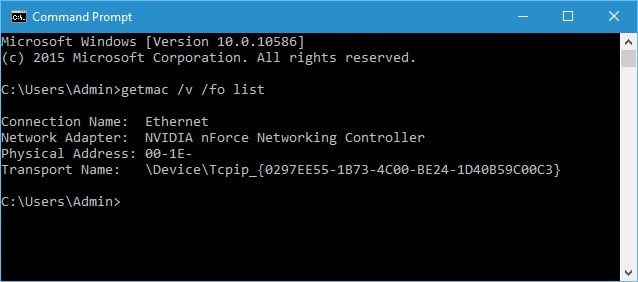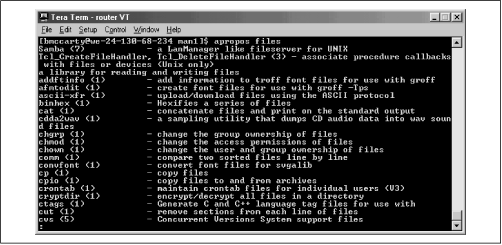

defaults allows you to set some preferences, some not even in the GUI preferences panels. open is nice, it will open the object as if you double clicked it.

OR, you can get these GNU versions from macports or home brew, and set your PATH so that these are the defaults (over the built in versions). Scripts that use these will have to be changed to compensate. These will have at least some flag differences, and some output and functionality differences than Linux. Because of its history (it's descended from BSD, not Linux or SystemV), the Mac versions of utilities will be different than the ones you're used to on Linux (a.k.a. To be useful you typically use some other common UNIX utilities such as awk, or ls, or cut. You may find minor compatibility issues if you’re used to 4 or even 5.īash by itself is a small subset of 'command line'. You may actually bump into this - /bin/bash on a Mac is pinned to 3.x for licensing reasons. Bash versions have slight differences in the language, but this has nothing to do with MacOSX vs. The bash programming language will be the same too - as long as it's the same version.


 0 kommentar(er)
0 kommentar(er)
